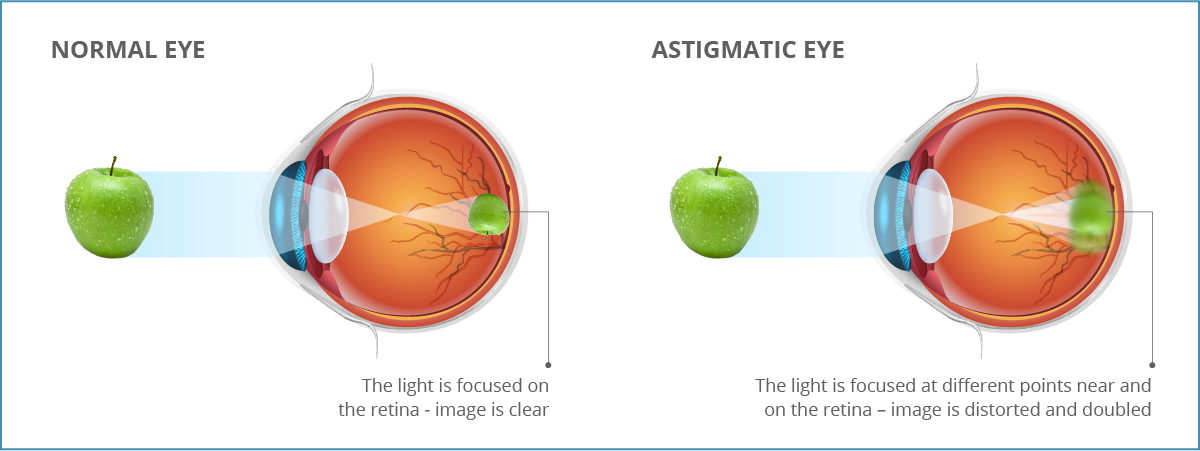Astigmatism is one of the most common causes of reduced visual acuity in children. This is a visual defect caused by a change in the shape of the cornea, eye lens, or the eye itself. Due to incorrect projection of light on the retina, the patient sees distorted images of various objects. This is a serious abnormality in the visual system. Astigmatism may lead to serious complications, as it affects the formation and development of the visual system.
Using the achievements of modern ophthalmology, we achieve high visual acuity and the cancellation of glasses correction in children with various types of astigmatism in 95% of cases.
We select the method of treatment that depends on the severity of visual impairment, the signs of complications, the age of the patients, and the individual characteristics of its body (the presence of indications and contraindications to a particular method of correcting astigmatism):
The sooner astigmatism is detected in the child, the sooner we will be able to prescribe an effective method of therapy.
The main problem with astigmatism is the deterioration of visual acuity. The following are among the complications of astigmatism:
This visual defect is usually congenital. It is more difficult to independently determine astigmatism in a child under 3 years of age since young children do not notice vision problems and cannot correctly formulate complaints about the poor vision of objects. If one of the parents has astigmatism, the newborn should be attended with an ophthalmologist in the first months of life.

Most often, an optical disorder is associated with a hereditary factor.
Astigmatism often develops at an early age. In this case, we are talking about acquired astigmatism, which appeared in the child as a result of external influence on the eye area:
This visual impairment occurs in most people but may not cause them discomfort if it does not reach 0.5 diopters. This type of defect is called physiological astigmatism and does not require correction. It is more difficult to identify vision problems at home for the following reasons: children often do not notice that they do not see well; the child does not know how to explain its symptoms.
Only an ophthalmologist can make a precise diagnosis after a profound examination of the child. It is recommended to visit a specialist every year; newborns can be appointed after they reach the age of 2 months.
The following diagnostic methods are used to detect visual impairment: